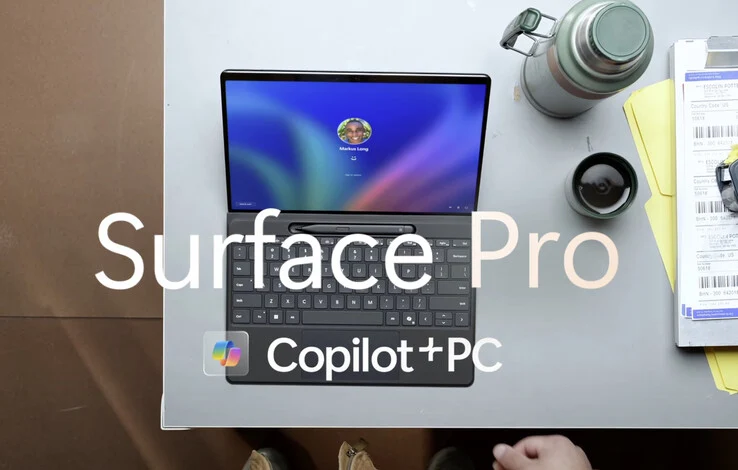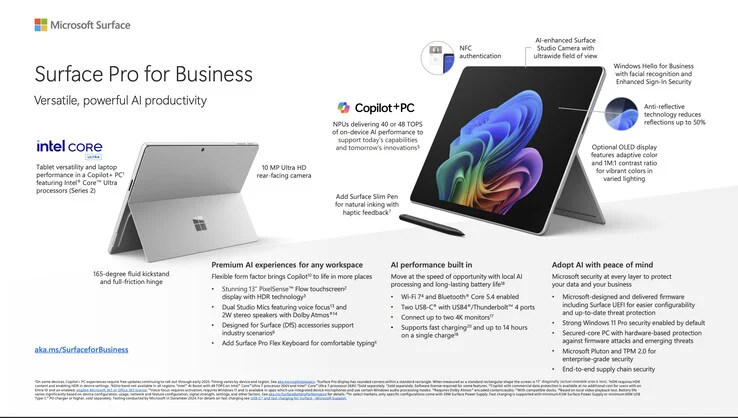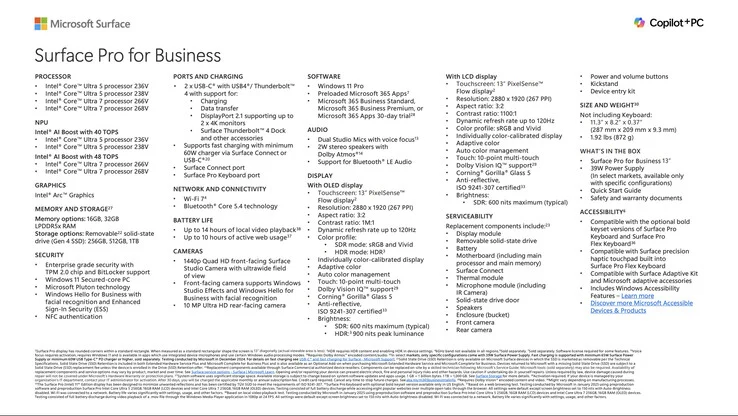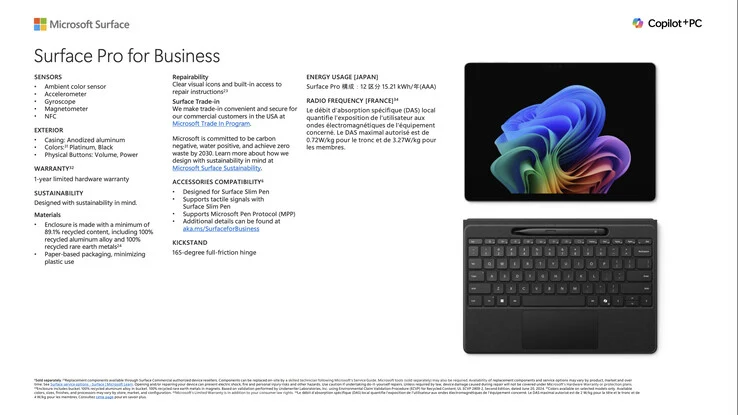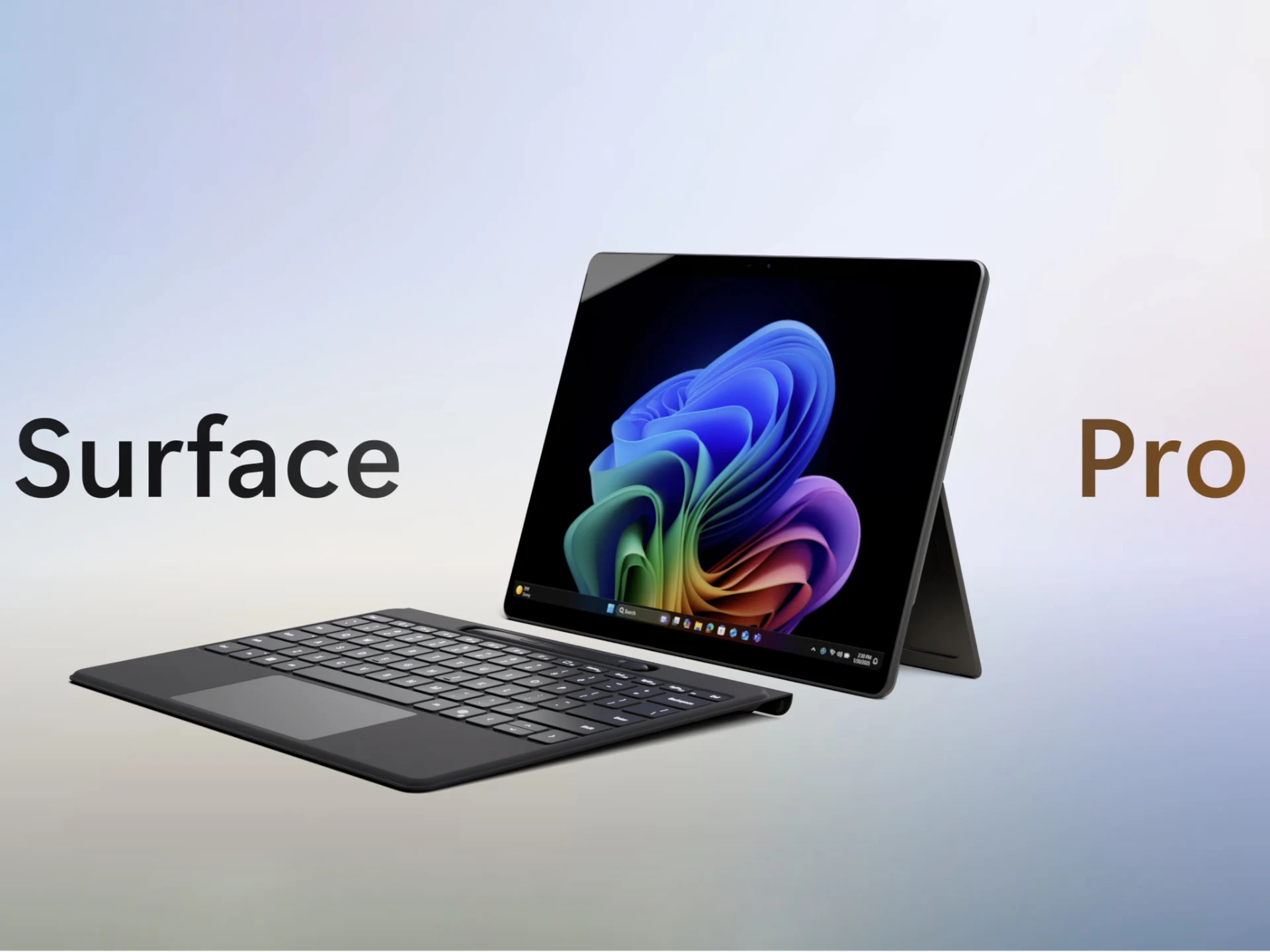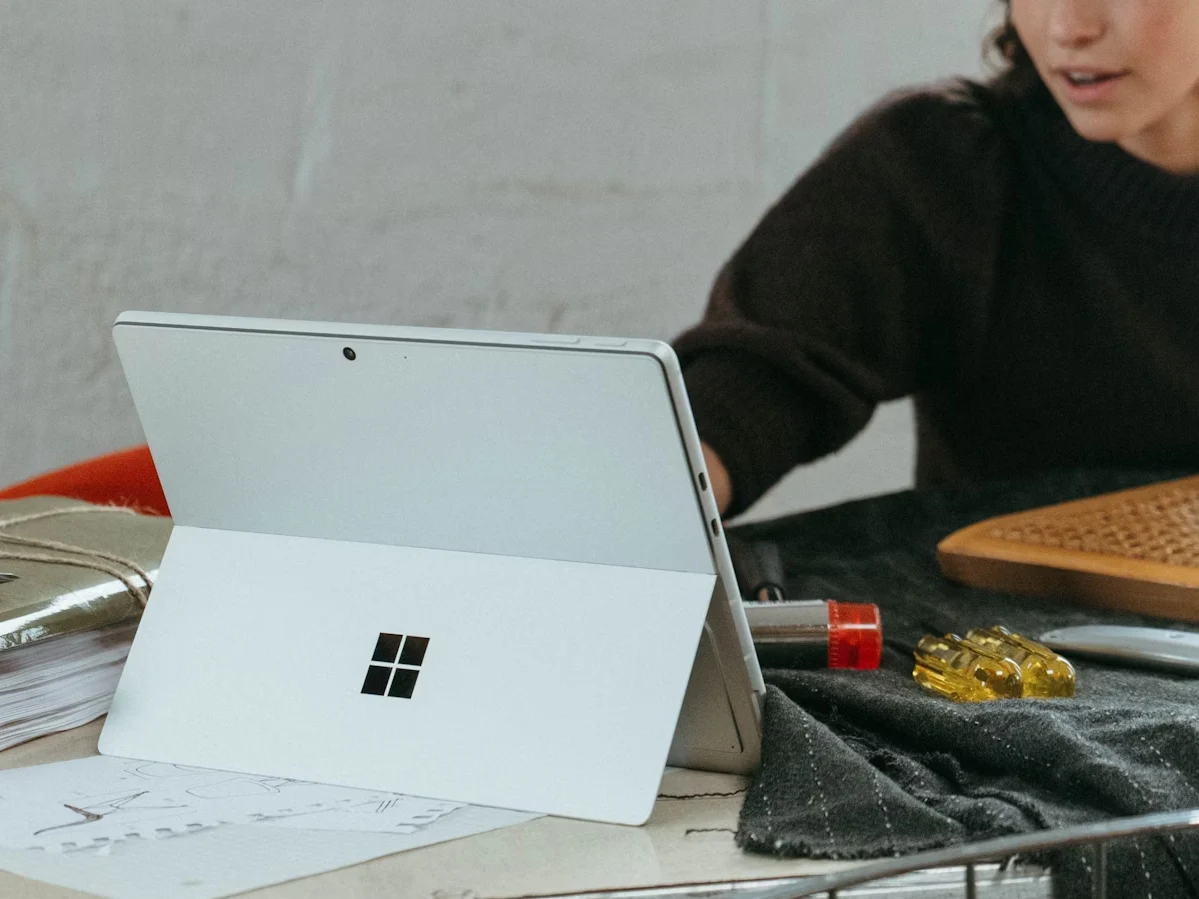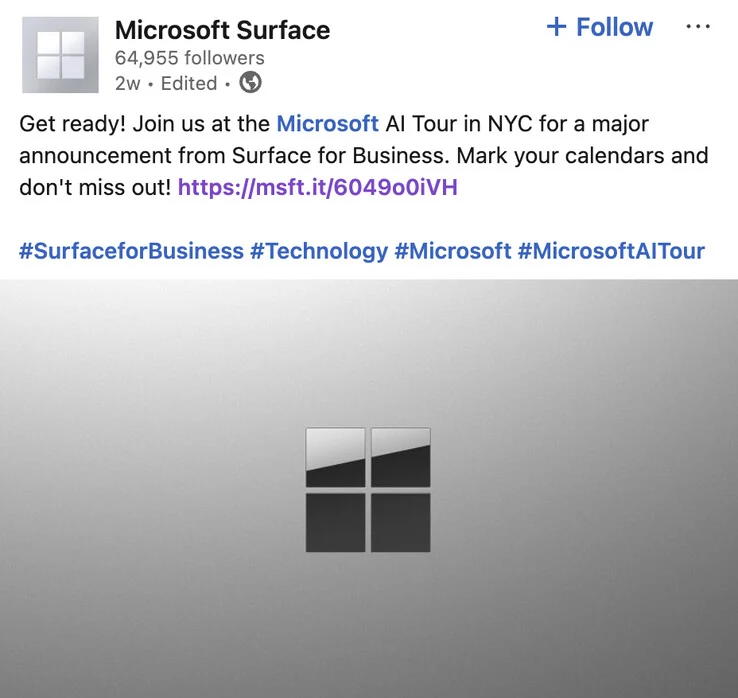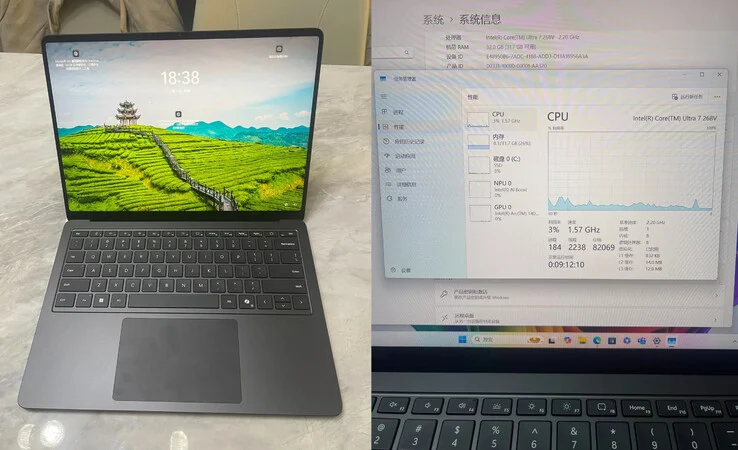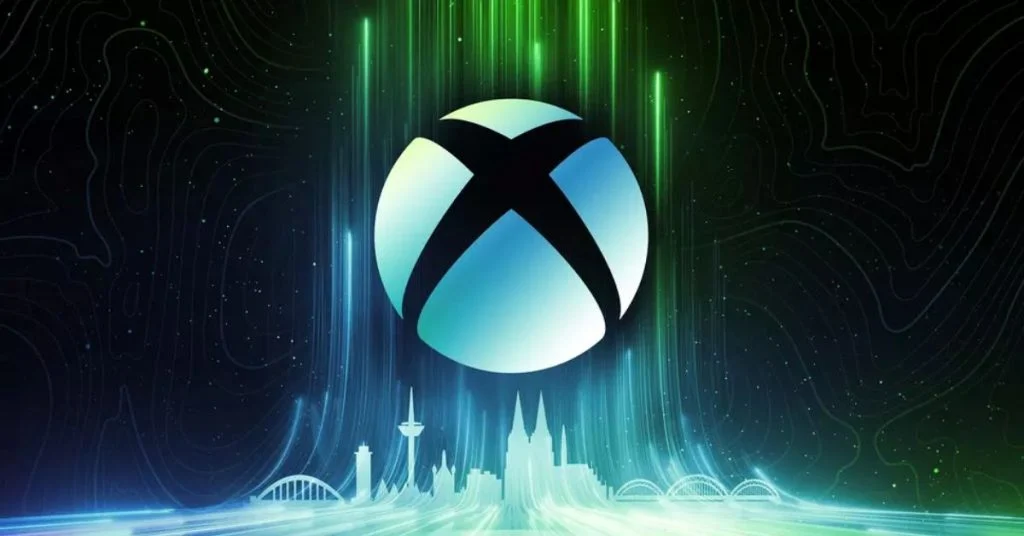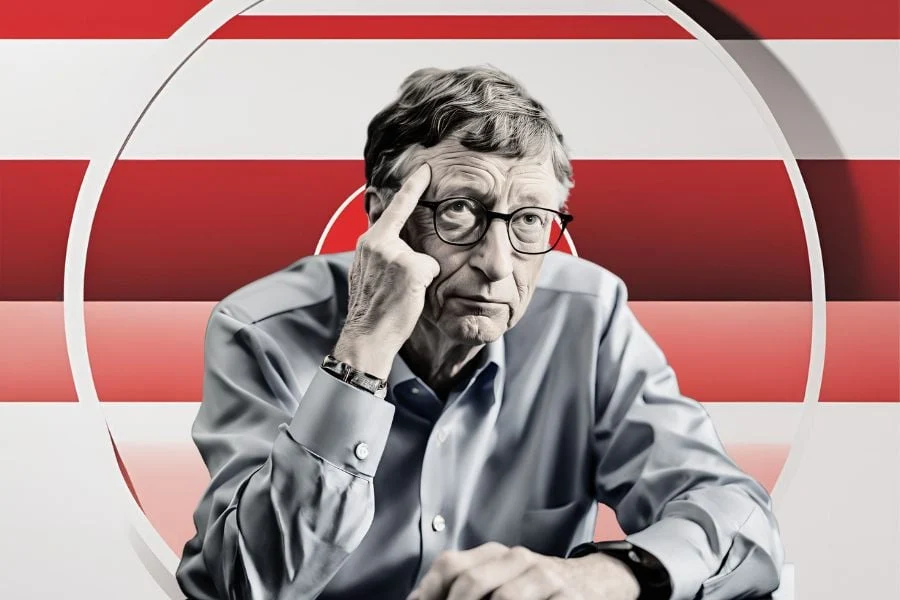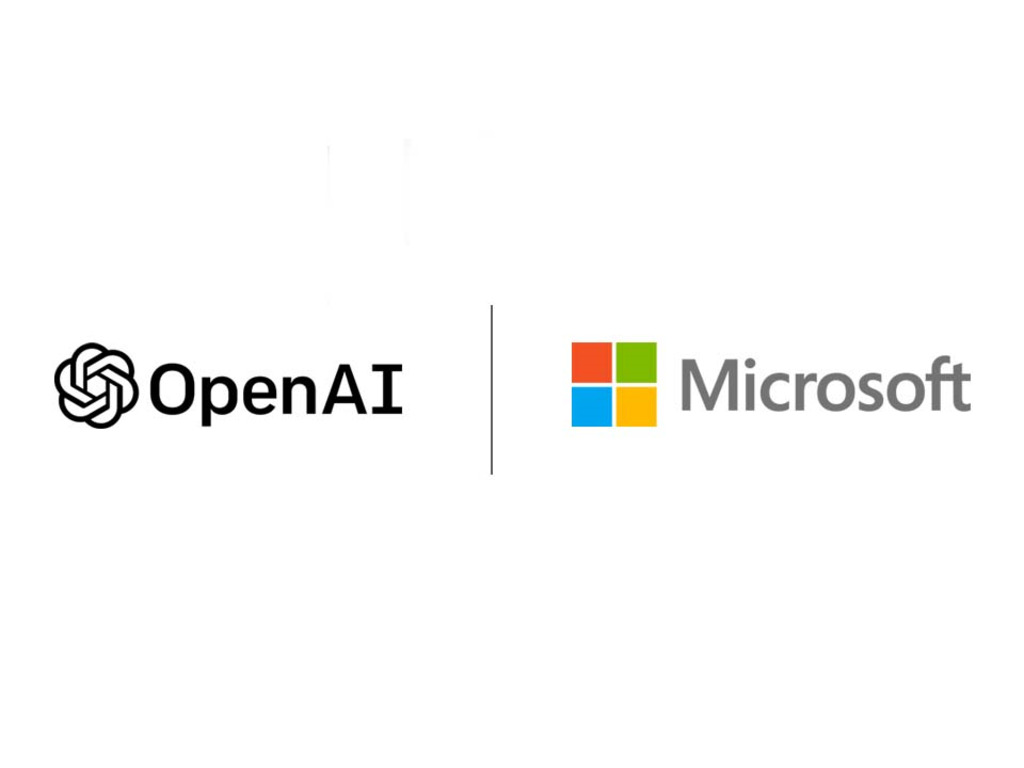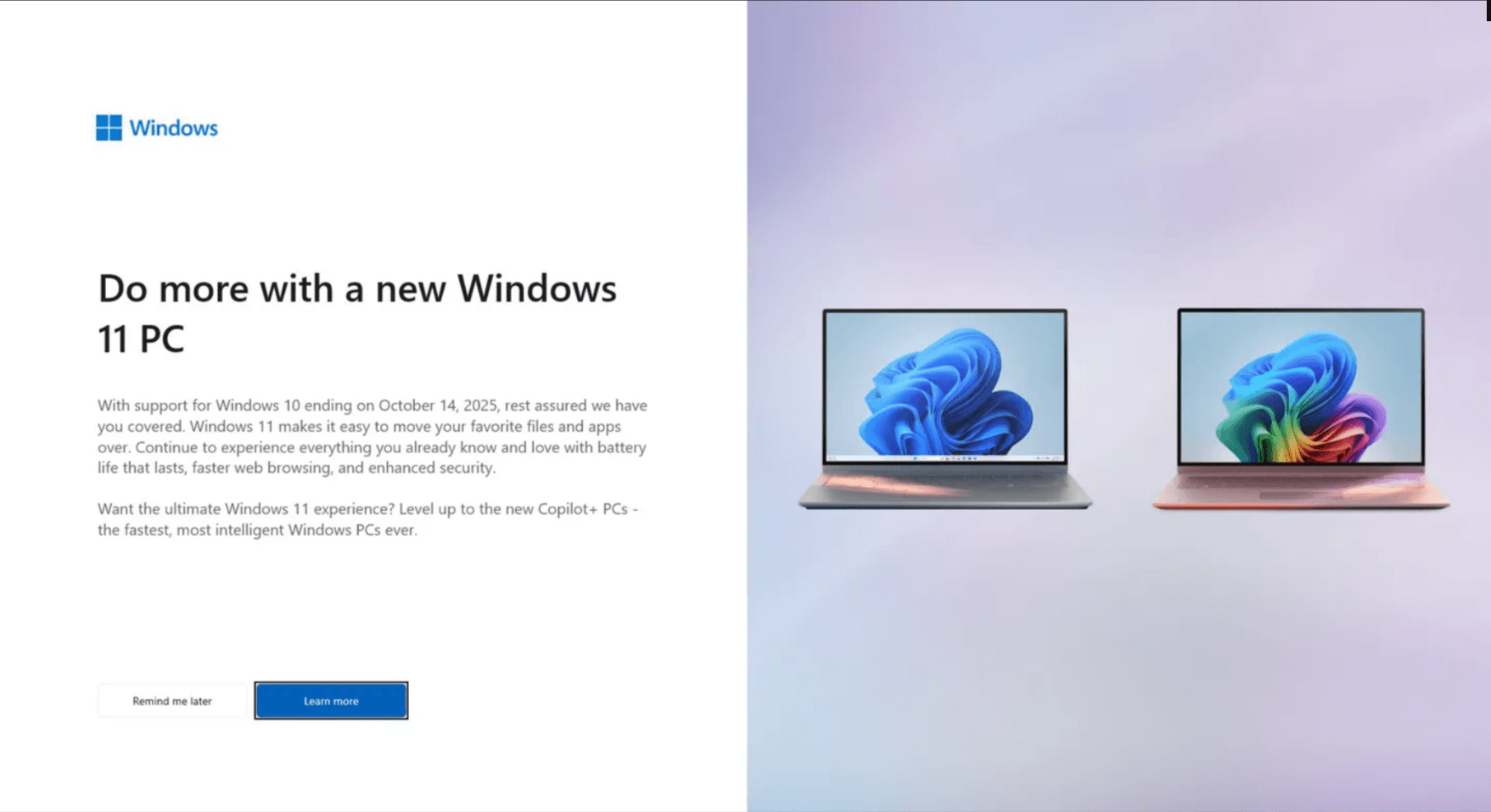Microsoft has unveiled the Surface Pro 11th Intel Edition at the AI Tour event today in New York City, instead of the anticipated Surface Pro 12 for Business. This new model marks the third Surface Pro launch in just one year, following the releases of the Surface Pro 10 and Surface Pro 11 last spring.
Processor Details
As predicted, the latest Surface Pro is equipped with Intel’s Lunar Lake processors, available in Core Ultra 5 236V, Core Ultra 5 238V, Core Ultra 7 266V, and Core Ultra 7 268V versions. It’s worth mentioning that while all these processors use the same Lion Cove P and Skymont E CPU cores, Intel differentiates the ‘6V’ and ‘8V’ models with 16 GB and 32 GB of RAM, respectively. The Core Ultra 5 variants also include Intel’s Arc Graphics 130V integrated GPU, which is not as powerful as the Arc Graphics 140V found in the Core Ultra 7 versions.
Features and Specifications
In addition, the new Surface Pro carries over many features from the Surface Pro 11 (currently priced at $989.99 on Amazon), including an optional OLED display. However, this latest version comes with Windows 11 Pro pre-installed, not the ARM version, and introduces an NFC chip for the first time. Microsoft claims that the battery life can last up to 14 hours, although the specific capacity details have not been disclosed yet.
Pricing and Availability
The Surface Pro 11th Edition Intel is available starting at $1,499.99 and will start shipping on February 18. Interestingly, today’s Surface Pro launch also aligns with a refresh of the Surface Laptop and a new USB 4 dock, which we have discussed in detail through their respective links.
Source:
Link
